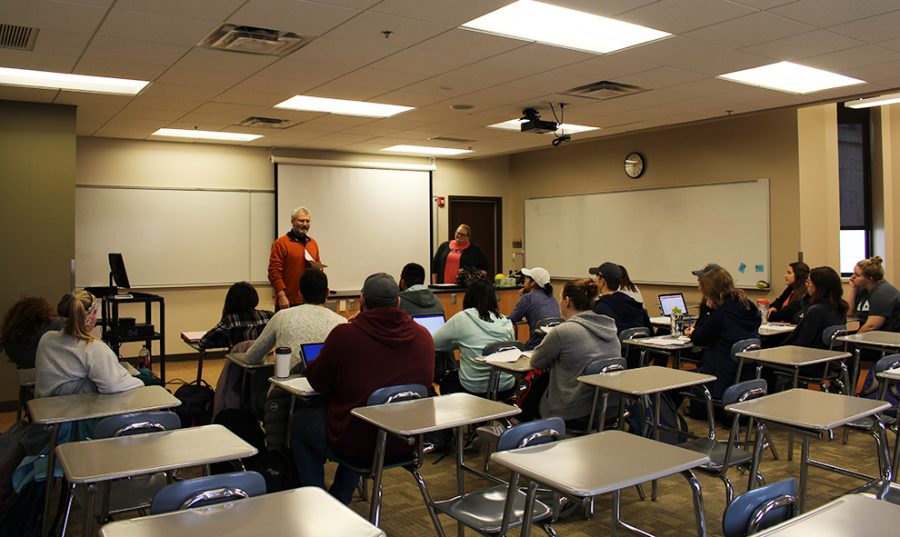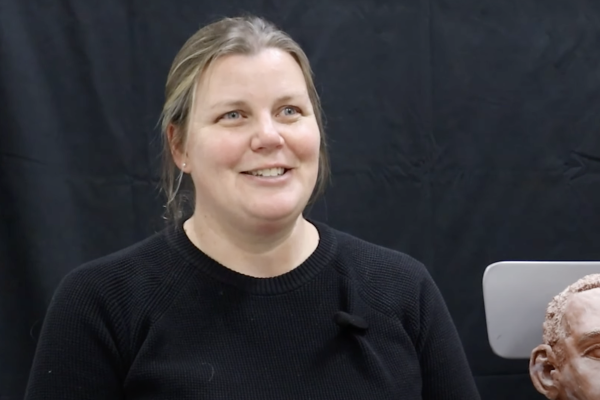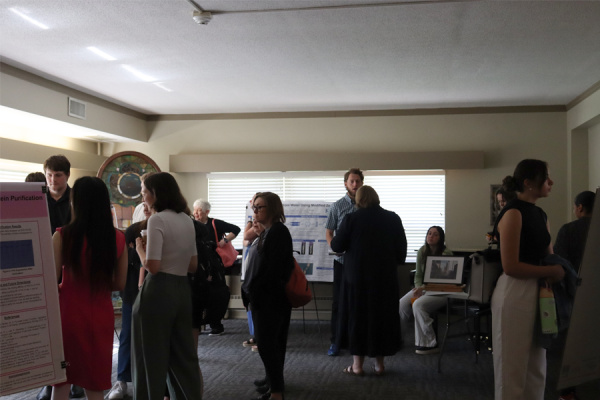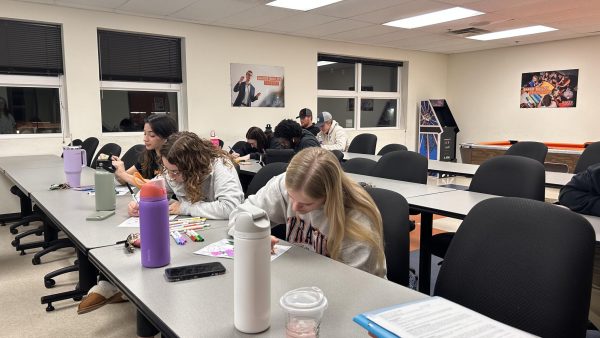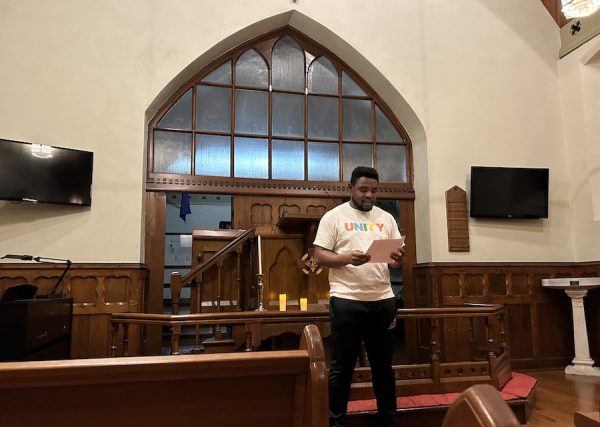Quest taught with primary texts
Associate Professor of Psychology Robyn Long and Associate Professor of History John Richards are just 2 of 5 instructors to be a part of one quest class. Quest 212 section A has five different professors involved in its curriculum.
March 19, 2018
“People of the Book” is the title of a Quest course that focuses on the analysis of primary texts. This course gives students an opportunity to read an author’s original work, rather than the author’s text cited in a textbook.
The primary texts course came to Baker when Dr. Glenn Swogger, the donor of the program, was looking to expand his primary text grant to other schools. Dr. Swogger has also worked with Kansas State University’s primary texts program.
Dr. Swogger received his Bachelor of Arts from the University of Chicago in 1954. While at the university, Dr. Swogger discovered the importance of primary texts. Later, he and his late wife founded the Redbud Foundation, which works to support art, culture, humanities and education.
Assistant Professor of English Joanne Janssen is the director of the primary texts course at Baker. However, this semester the course is being led by Associate Professor of History, Culture and Society John Richards while Janssen is at Harlaxton.
The course is taught by a group of professors who develop the theme and select the texts that they will individually teach. The multiple professor aspect of the course is another unique element that this class offers students.
The faculty teaching the primary texts course this semester are Richards, Associate Professor of Psychology Robyn Long, Associate Professor of English Tamara Slankard, Professor of Communication Studies Susan Emel and Professor of French Erin Joyce.
“Each semester a group of five or six faculty, depending on whether or not Professor Janssen is managing or just teaching the course content, gather and do our course planning,” Long said. “So the course that’s happening now, the theme and the primary texts that were selected, were all chosen in Fall 2017”.
The professors each have a scheduled couple of weeks within the course to teach their selected texts and specific subjects. For example, for this semester’s theme of suffering and illness, Long selected “Man’s Search for Meaning” by Viktor Frankl and “When Breath Becomes Air” by Paul Kalanithi as the texts she will use while teaching her section.
Some of the other topics selected for the theme of suffering and illness are: the plague, AIDS in America, Greek tragedies and the communication of suffering and illness.
Long said that students who take this course get a “special, academic experience, not only in terms of having relationships with all of those professors within a single course context, but the professors that choose to teach this are people who are really excited about doing it.”
Due to the nature of the course, students enrolled have a high volume of reading. Students respond to the reading and are given feedback on their responses.
Sophomore Frank Sandoval is currently enrolled in the primary text course. Sandoval said the he would recommend the course to other students.
“It’s a different way of thinking because you have to identify the other ways of thinking in the books. It’s not agreeing or disagreeing, just recognizing the different views,” Sandoval said.
The analytic and critical thinking skills that students are taught in this course are important, Richards said. By being exposed to a wide range of topics and texts, students can learn to analyze and develop comprehensive views of the work.
“For you to go into a business [or] any professional environment where you’re thinking about things critically, contextually, asking what does this really mean, what are you really saying, how will this affect things,” Richards said. “It adds that dimension to your analysis.”



